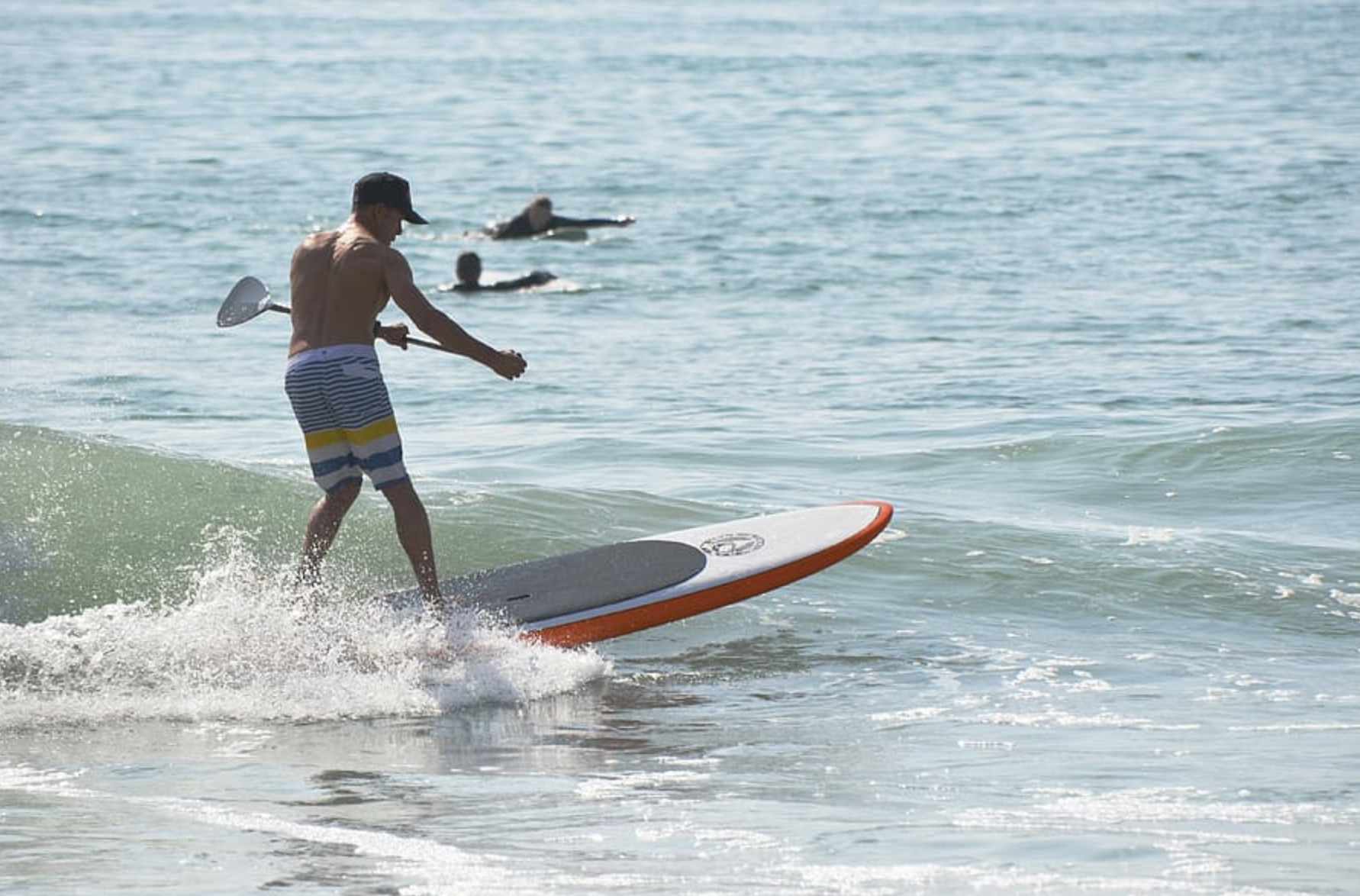
Paddleboarding can be an exhilarating and enjoyable way to explore the water, but maintaining your balance, particularly in choppy waters, can be a bit of a challenge. Don’t worry, though! We’re here to help you master the art of balance on a paddleboard, even when the waters get rough. With practice and these helpful tips, you’ll be gliding through the waves with confidence in no time. Let’s get started!
Choose the Right Paddleboard
Before we dive into the techniques of maintaining balance, it’s essential to choose the right paddleboard. The right board can make all the difference when it comes to stability and control. Check out the wide range of paddleboards for sale to find one that suits your needs and skill level. Generally, wider and longer boards provide more stability, making them ideal for beginners or those who want extra support in choppy waters. Using these larger boards is very different to other watersports, with the extra stability being a key difference between paddleboarding and surfing.
Develop a Solid Stance
A proper stance is crucial for maintaining your balance on a paddleboard. Here’s a step-by-step guide to achieving the perfect paddleboarding stance:
- Position your feet: Stand with your feet shoulder-width apart, centred on the board, and parallel to each other. Your toes should be pointing forward.
- Bend your knees: Slightly bend your knees to lower your centre of gravity, which helps improve stability.
- Engage your core: Keep your core muscles engaged to help maintain balance and control.
- Look forward: Instead of looking down at your feet, look towards the horizon. This helps you maintain an upright posture and stay aware of your surroundings.
Use Proper Paddle Technique
Proper paddling technique is another essential factor in maintaining balance on a paddleboard, especially in choppy waters. Here’s how to paddle effectively:
- Grip the paddle correctly: Hold the paddle with one hand on the handle and the other hand about halfway down the shaft.
- Plant the paddle: Fully submerge the paddle blade in the water, keeping it perpendicular to the board.
- Pull the paddle: Engage your core and pull the paddle towards you, making sure to keep your arms relatively straight. This will help you maintain stability and prevent overreaching, which can throw off your balance.
Adapt to Choppy Waters
When you’re faced with choppy waters, you’ll need to adapt your techniques to stay balanced on your paddleboard:
- Widen your stance: By spreading your feet further apart, you’ll lower your centre of gravity and increase your stability on the board.
- Shift your weight: In rougher waters, it’s essential to shift your weight to counteract the movement of the waves. Keep your knees bent and stay responsive to the changing conditions.
- Shorten your paddle strokes: Short, quick strokes will give you better control and help you maintain balance in choppy waters. Focus on keeping your movements smooth and efficient.
Practice Makes Perfect
Like any skill, mastering balance on a paddleboard takes time and practice. Don’t be discouraged if you struggle at first – with patience and persistence, you’ll soon be conquering even the roughest waters. Remember to always practice water safety and wear appropriate gear, such as a life jacket and leash.
In conclusion, maintaining balance on a paddleboard in choppy waters is all about choosing the right equipment, developing a solid stance, using proper paddle technique, and adapting to the conditions. With practice and perseverance, you’ll soon be navigating even the roughest waters with confidence and grace. Remember to always prioritise safety, invest in quality equipment, and enjoy the journey as you master this thrilling water sport. For more tips and information on paddleboarding and other outdoor adventures, visit the Rock and Mountain blog. Happy paddling!

